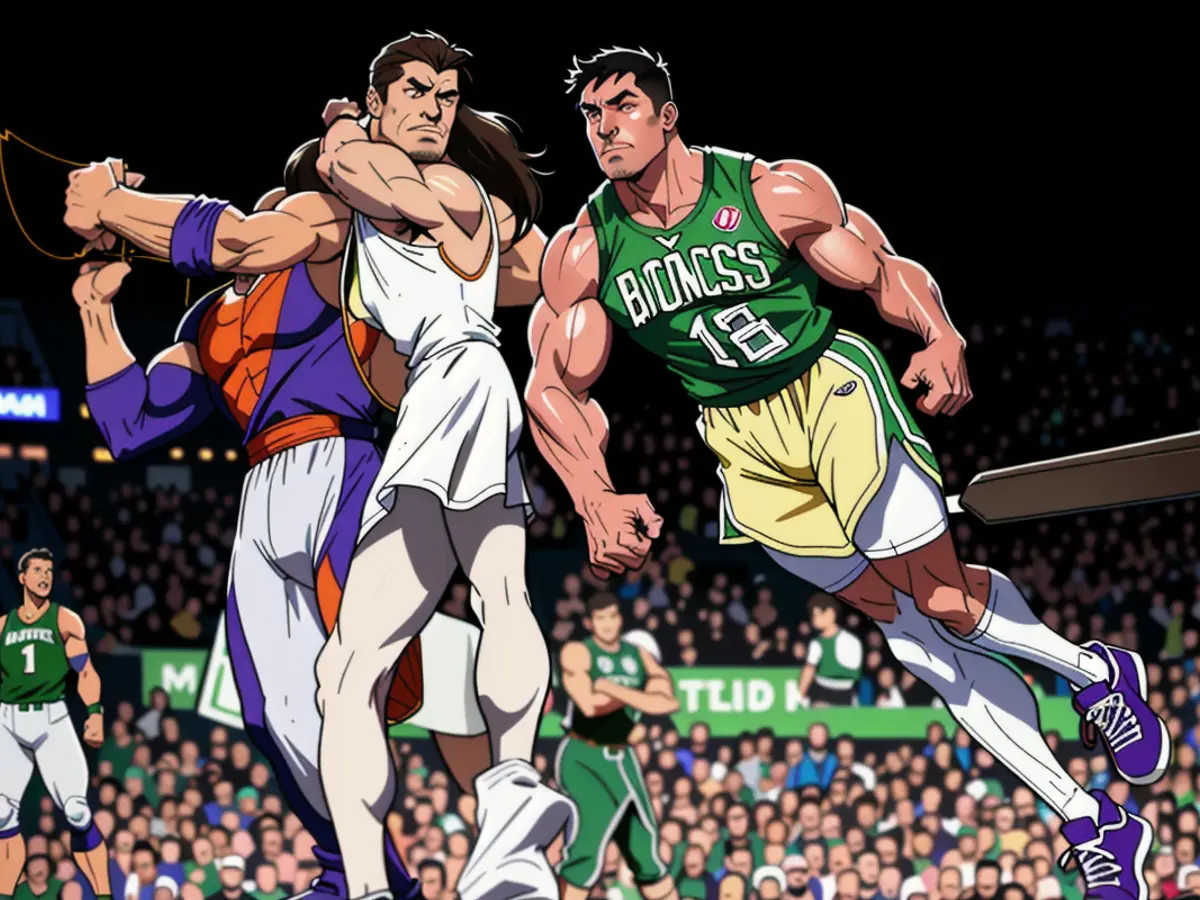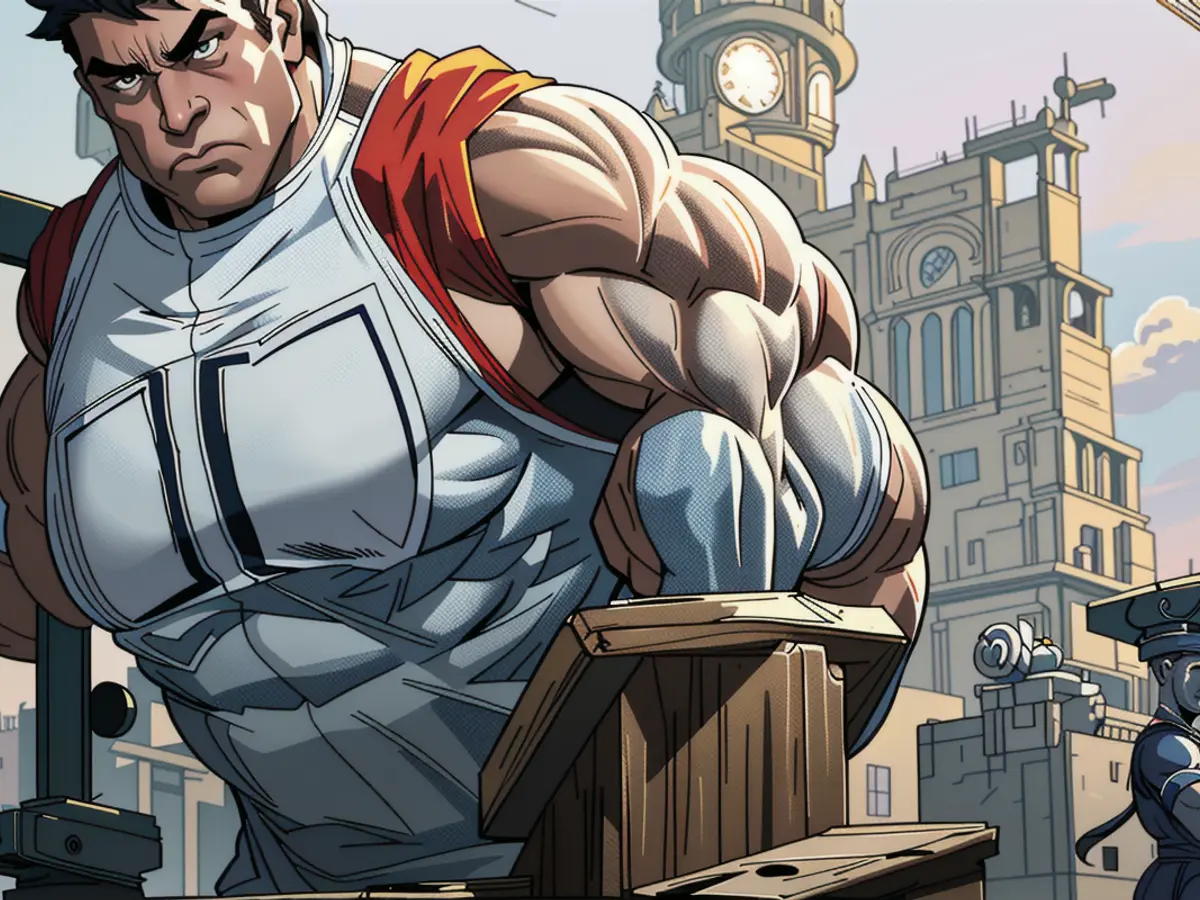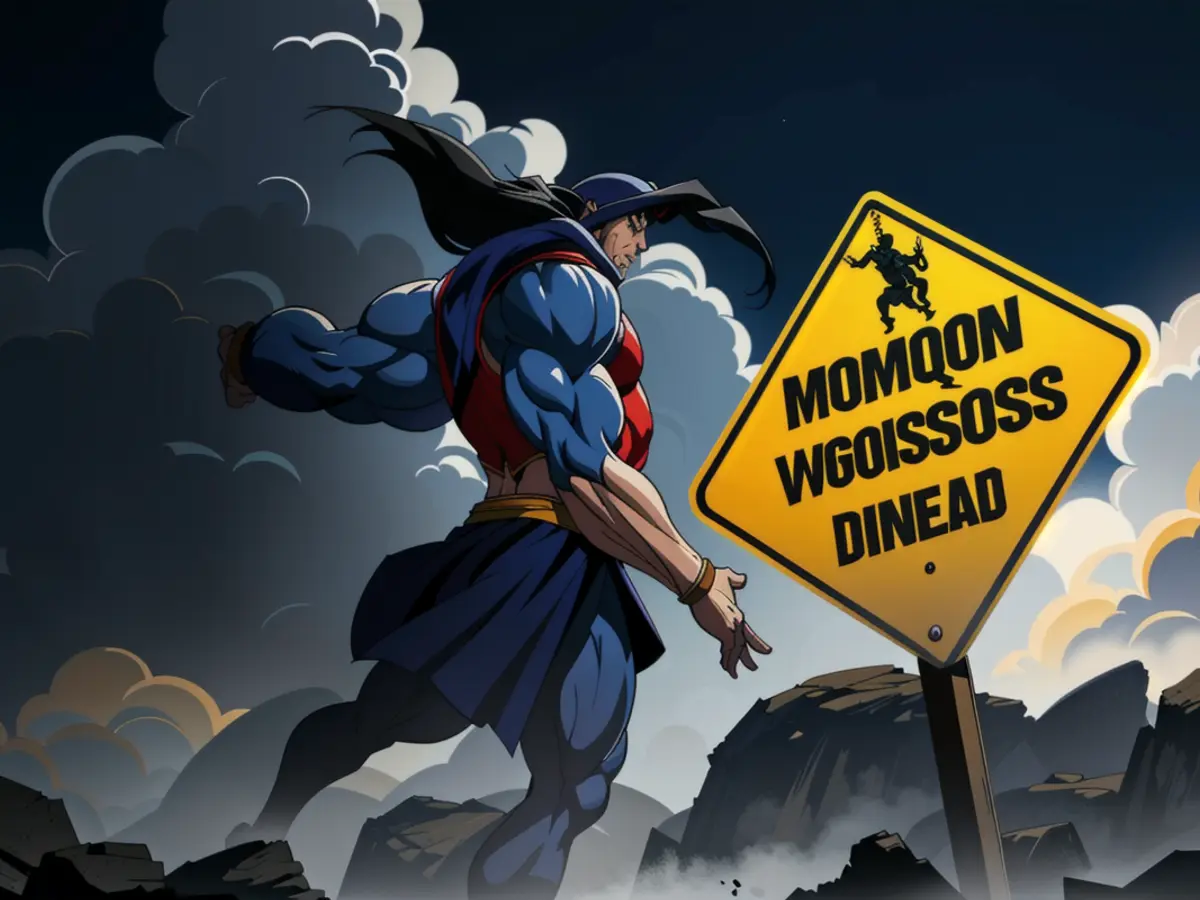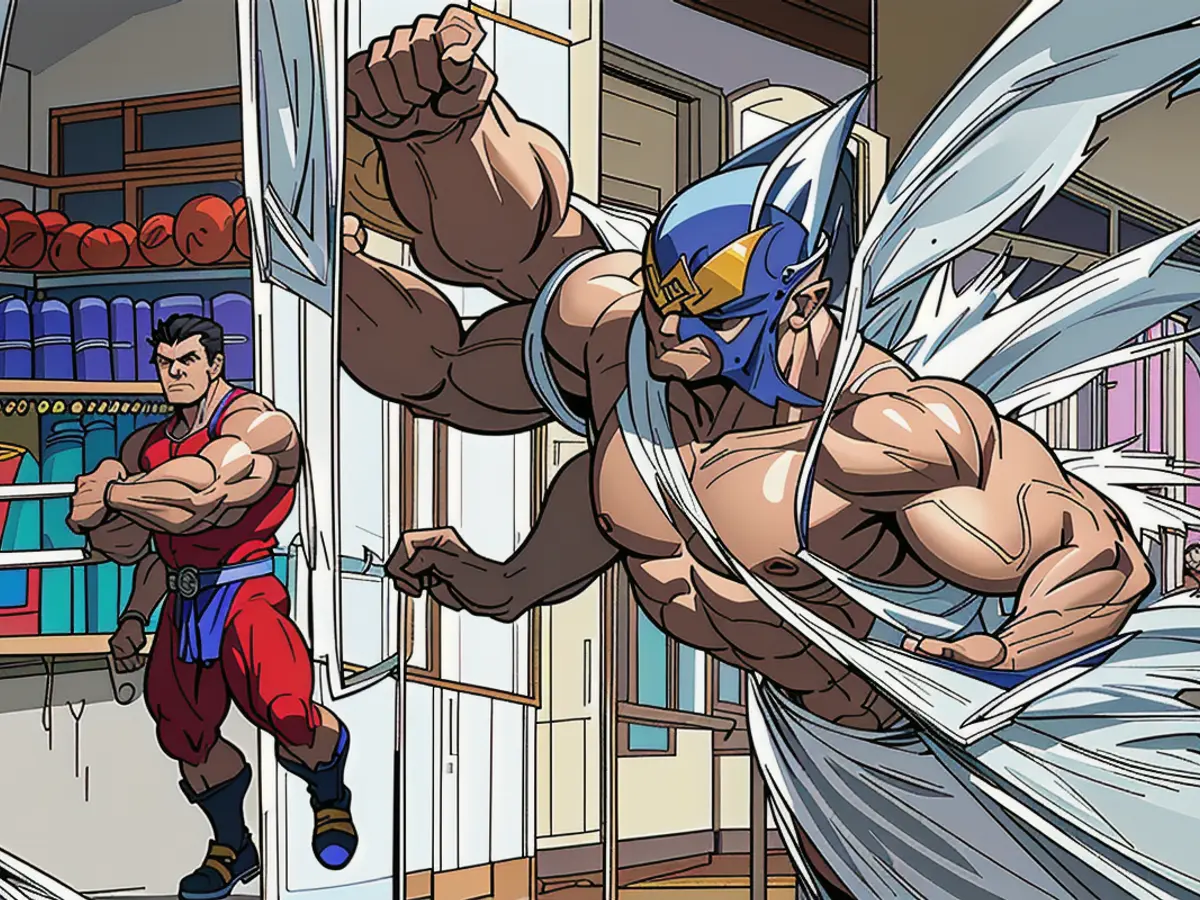Potential Championship Contenders Possibly Skipping the 2025 NBA Trade Deadline Transactions
The NBA's trade deadline is a significant period for championship contenders to enhance their rosters for the final stretch of the season and playoffs. The 2025 edition might witness a noticeable shift due to the league's new collective bargaining agreement.
In previous deals, teams held substantial trade flexibility, even if they surpassed the luxury-tax threshold. They could accept up to 125% of the salary they sent out, along with an additional $100,000. Furthermore, there were no aggregation constraints, enabling teams to blend multiple smaller contracts to acquire higher-salaried players via trades.
However, the landscape has transformed. The new CBA has introduced trade limitations for teams exceeding the initial salary cap "apron" and even stricter penalties for those surpassing the new second apron.
Teams above the first apron can still group contracts, but they cannot accept a greater salary than they give away in a trade. Teams beyond the second apron face identical restrictions, not permitted to accept a higher salary and prohibited from aggregating contracts as well.
These rules took effect ahead of the 2024 offseason. If they had been enforced during the previous summer, teams like the Boston Celtics might have been unable to obtain players like Kristaps Porzingis and Jrue Holiday. Contending teams must now navigate a significantly more restrictive trade market.
The Second Apron's Wrath Unleashed
The Celtics serve as a prime example of these new regulations in action. Unless they're willing to part ways with one of their top seven rotation players—Jayson Tatum, Jaylen Brown, Jrue Holiday, Kristaps Porzingis, Derrick White, Al Horford, or Payton Pritchard—they're in a tight spot.
The Celtics are nearly $7.7 million over the second apron, preventing them from aggregating contracts in trades or accepting a greater salary than they give away. Beyond these top seven, their highest-paid player is Jaden Springer, earning around $4.0 million. They could exchange him for a player on a minimum contract, but their trade options are limited otherwise.
The Phoenix Suns, with a league-leading $31.5 million surplus over the second apron, face similar challenges, although with an essential exception. Because of these new rules, they signed Josh Okogie to a contract that exceeded market value by a considerable margin ($16 million over two years). Like the Celtics, they are prohibited from aggregating contracts but can accept a player earning $8.25 million or less if they trade Okogie, providing them with more flexibility than the Celtics.
The Minnesota Timberwolves, $17.2 million over the second apron, share the same predicament as the Celtics and Suns. However, they are less top-heavy, which allows them to manipulate mid-sized contracts, like the obvious candidate to trade if they do not intend to keep Julius Randle beyond the current season.
The Milwaukee Bucks are the only other team overhead the second apron this season. They are actively searching for trades due to their slow start, but the new rules are limiting their options, as reported by longtime NBA insider Marc Stein.
"The second apron coming into play now really hampers them," a rival general manager told ESPN's Brian Windhorst in early November. "They're doing due diligence to find options, but of course, they know it."
The Chilling Effects of the First Apron
Teams over the second apron face the most significant trade limitations, although those above the first apron are not far behind. They are permitted to group contracts but cannot accept a greater salary than they give away.
Consider the Philadelphia 76ers to illustrate this point. They have no players earning over $8.15 million aside from Joel Embiid, Paul George, and Tyrese Maxey. Unless they're willing to trade one of these three, they effectively cannot acquire a player earning between $20-25 million without parting with multiple rotation players (much like the Suns).
The New York Knicks find themselves in a similar conundrum. They're nearly $600,000 below the second apron after the offseason acquisitions of Mikal Bridges and Karl-Anthony Towns. If they're unwilling to trade a starter, Mitchell Robinson ($14.3 million) and Precious Achiuwa ($6.0 million) become their top two trade assets from a salary perspective. However, they shipped out the majority of their draft picks during the acquisition of Bridges, which now limits the amount of draft compensation they can include in trades involving Robinson or Achiuwa.
The Los Angeles Lakers hold various mid-sized contracts, such as D'Angelo Russell, Rui Hachimura, Gabe Vincent, and Jarred Vanderbilt. Surpassing the second apron by $30,000, they are not subject to any aggregation restrictions, but like the Sixers and Knicks, they cannot accept a greater salary than they provide in a trade. This means they can only conduct trades with another over-the-apron team if it's an exact dollar-for-dollar match or involves a third party.
The Denver Nuggets and Miami Heat are currently above the first salary cap threshold, known as the " apron." The Nuggets have contracts worth $8.9 million for Zeke Nnaji and $5.2 million for Dario Saric, which they can use for negotiating salary-matched trades. The Heat, on the other hand, have Terry Rozier ($24.9 million) and Duncan Robinson ($19.4 million) on their books, as well as two first-round draft picks and two first-round pick swaps that they can offer. However, the Heat might hold off on making major moves until they finalize their long-term plans for Jimmy Butler.
Teams with Salary Cap Flexibility
The Dallas Mavericks and Golden State Warriors are close to reaching the first salary cap threshold, but they have the ability to combine contracts and even take on more salary than they give away, provided they do not cross the threshold. However, they are not able to do this if the trade agreement surpasses the threshold. They have some flexibility, but it's not as much as other title contenders.
The Cleveland Cavaliers are $4.1 million below the first salary cap threshold, giving them more leeway when it comes to exchanging more salary in trades than they send out. They have several mid-range contracts, including Caris LeVert ($1.6 million), Max Strus ($15.2 million), Isaac Okoro ($10.2 million), and Georges Niang ($8.5 million), which they can use as trade bait. However, their trading power is limited due to the fact that they gave up control of their first-round picks for Donovan Mitchell in their trade deal with the Utah Jazz.
The Houston Rockets are another potential title contender with significant salary cap flexibility. They are currently $15.2 million under the first salary cap threshold, which means they can absorb more salary than they give away. They have several large contracts, including Fred VanVleet ($42.8 million) and Dillon Brooks ($22.3 million), that they can use as trade incentives. They also have a wealth of young, promising prospects and draft picks that they can attach to potential deals.
However, according to longtime NBA insider Marc Stein, the Rockets are more likely to wait until the off-season to consider parting ways with their recent draft picks. With Giannis Antetokounmpo's future in Milwaukee appearing uncertain, the Rockets might choose to wait and see whether he requests a trade before making a major push elsewhere.
The Oklahoma City Thunder are yet another title hopeful that could make a significant impact before the trade deadline. They are currently $16.2 million below the first salary cap threshold, which enables them to potentially take on more salary than they give away. They also have up to 14 first-round picks over the next seven years, as well as mid-range contracts for Isaiah Joe ($13.0 million) and Aaron Wiggins ($10.5 million). They could also consider offering Isaiah Hartenstein's $30 million contract if they intend to pursue a top-tier free agent.
The impact of the new NBA trade limitations at the 2025 trade deadline will significantly affect teams like the Boston Celtics and Milwaukee Bucks, both of whom are currently above the second apron. The Celtics, in particular, find themselves in a tight spot, unable to aggregate contracts or accept a greater salary than they give away, limiting their trade options beyond their top seven players.
Meanwhile, teams like the Minnesota Timberwolves and Phoenix Suns, while also suffering from these restrictions, have some advantages. The Timberwolves, being less top-heavy, can manipulate mid-sized contracts, offering more trade flexibility than the Celtics. The Suns, with a considerable surplus, have signed players like Josh Okogie with contracts exceeding market value, giving them the option to trade Okogie and accept a player earning up to $8.25 million.
The Minnesota Timberwolves, Phoenix Suns, Boston Celtics, Milwaukee Bucks, and many other NBA teams will have to navigate this more restrictive trade market in preparation for the 2025 NBA trade deadline, as teams find their options limited by the new collective bargaining agreement.








